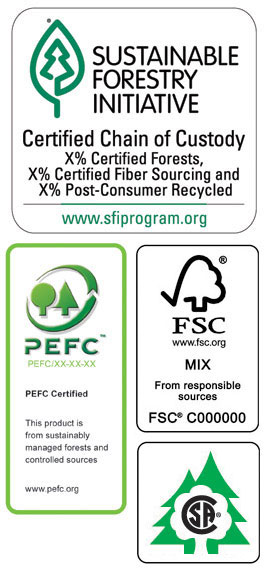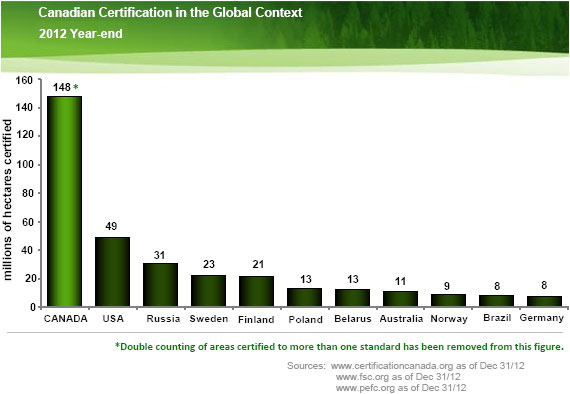Materials Matter
Recycled or reclaimed wood has the added cachet of architectural quality and character. Older beams and timbers are dense with a high ring count, and are praised by builders for their low moisture content which makes them extremely stable, particularly in exterior situations, as opposed to green lumber that tends to shrink and split. Antique wood has a striking patina that comes from oxidation that occurs on its surface. The color of old wood used in interior applications is generally mellower than the original, and history may also shine through, with the scuffs and scrapes of warehouse flooring still visible after sanding. Seasoned old growth lumber from demolition of historic structures has found new life as beams, exposed trusses, millwork, flooring, and furniture. Still, recycling timber is time-consuming and labor intensive—demolition must be careful to preserve as much of the timber as possible, wall studs must be trimmed off, nails pulled out and the lumber refinished. Recycled wood may not always fit in a new project, either from a size or a building code perspective, and there is not a well-established supply in many areas.
Tracking Systems: Responsible Procurement
 |
Chain-of-custody ensures that wood is sourced from forests that are sustainably managed. Source: www.naturallywood.com |
Responsible procurement relates to sustainability, comprising environmental, social and economic factors. Certified wood is the only one of the three products that can carry the added value of having a chain-of-custody certification that confirms its source from sustainably managed third-party certified forests. Similar to tracking packages, chain-of-custody tracks forest products through all phases of ownership, processing and transportation, from the forest of origin to the end consumer. The chain-of-custody system is verified through an independent third-party audit. The result is that buyers know that their building materials are coming from forests managed in accordance with strict sustainable forest management certification standards—and not from controversial sources such as illegal logging.
Environmental Product Declarations (EPD)
An EPD is a standardized (ISO 14025/TR), LCA-based tool to communicate the environmental performance of a product or system, and is applicable worldwide. Much like a nutritional label, consumers can make side-by-side comparisons of different products. According to Dovetail, in Europe and Japan governments are starting to require EPDs as part of trade and purchasing program requirements, and EPDs are receiving attention worldwide. Kathryn Ferholz, Dovetail’s Executive Director, calls EPDs a positive development for the architectural community. "To have robust, high quality information that allows apples-to-apples comparison is good news," she says. "Whether they take hold in one, two or five years depends on government procurement policies. But it's only the pace that can be debated, not the arrival of EPDs as a more responsible procurement system."
The concrete and steel industries have no such third-party sustainability certification or chain-of-custody certification. However, progress is being made in responsible procurement. In the steel industry in particular some companies report encouraging suppliers to adopt responsible practices and/or management systems certified to ISO standards. In certain cases, companies dedicate online resources to screening potential suppliers, as well as to promoting and monitoring the performance of existing vendors. Steel is often imported from developing countries, and the absence of a third-party certification program makes it impossible to accurately assess the environmental and social impacts of steel products.
Forestry: Sustainability and Community
Increasingly, the forestry sector is adopting high standards in accountability and due diligence to create a positive difference for future generations on a number of levels.
 |
Source: www.certificationcanada.org as of Dec31/10 |
Forest Management
North America is internationally recognized for its supply of quality wood products from well-managed forests. As of August 2012, more than 500 million acres of forest in Canada and the US were certified under one of the four internationally recognized programs used in North America: the Sustainable Forestry Initiative (SFI), Canadian Standards Association’s Sustainable Forest Management Standard (CSA), Forest Stewardship Council (FSC), and American Tree Farm System (ATFS). This represents more than half of the world’s certified forests.









